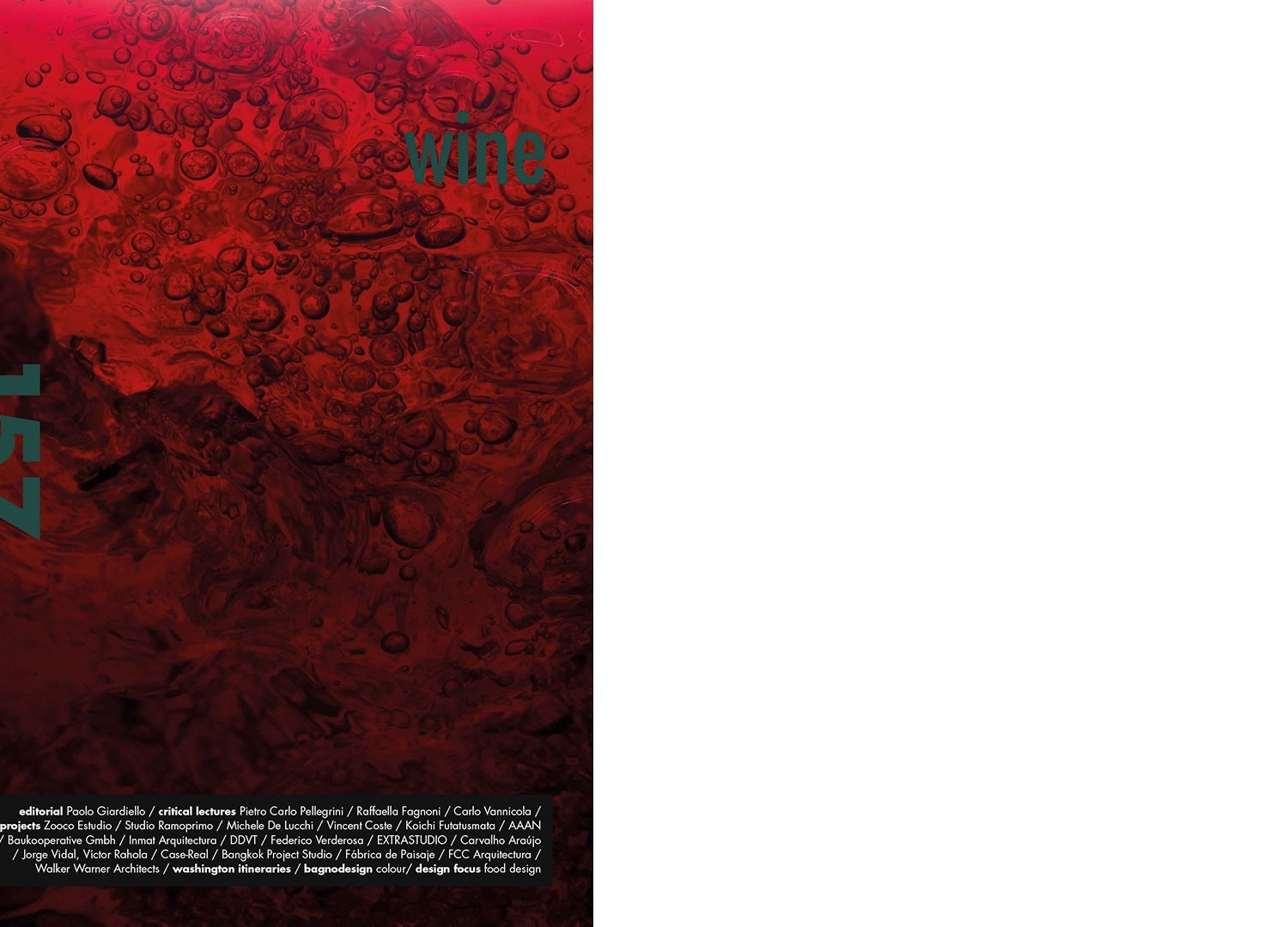
International magazine of architecture and project design march / april 2018
Architecture versus wine
There are events and circumstances of which architecture seems to feed more effectively than others, or rather there are human activities that require the art of building, in other words, the contribution of that discipline, architecture, which allows the shaping of the space to create places and images where “inhabiting“ means to fulfil a cognitive experience. It is the case of all activities that revolve around wine. I have been convinced by years of studying spaces in which producing, savouring and enjoying the pleasure of wine, has contributed to creating previously unknown places and, with these, new types of buildings and environments where the tasting experience has also become olfactory and visual, and therefore overall captivating. The reasons are mainly linked to the evolution that wine has made in Western culture in the last century, shifting from a important element in the diet of the working class to a drink consumed for pleasure. With this, a time leap has taken place that leads back to the origins, to the tradition of banquets so fashionable during the pomp of the Roman Empire according to an important and central vision of the magical drink to involve powers and divinities that fill classical iconography. As then, contemporaneity considers the places of wine, from production to consumption, as completely special areas dedicated to the noble practice of the Otium, places where pleasure is measured and expressed as well as in taste, in the essence of form and colour, in the sensation of the fulfilment of a mystical sacred experience that requires the control of light, silence, a particular humidity and temperature.
Marco Casamonti
Download cover
Download table of contents
Download introduction of Marco Casamonti


